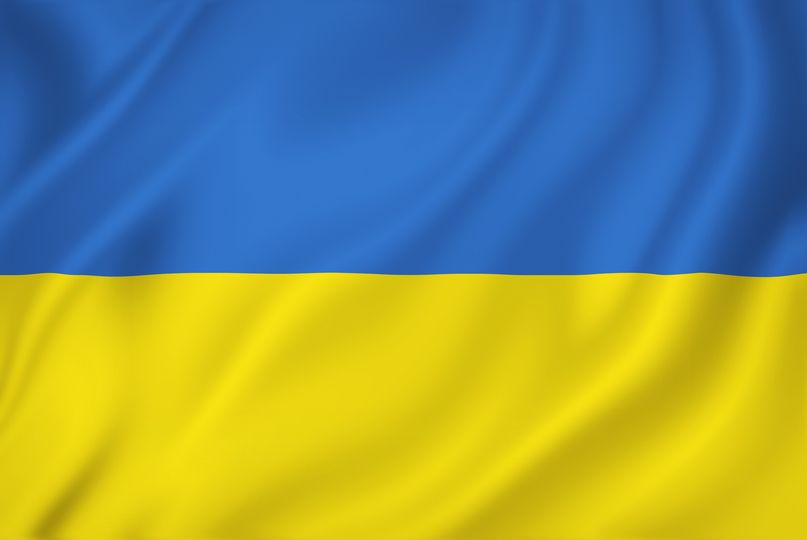The history of UTC
UTC, with its legal status as “a scientific, cultural and professional public establishment” was created in 1972 by the French Government as its first ‘experimental University of Technology’.
Guy Deniélou, founder of UTC
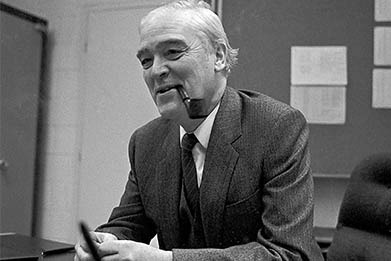 Guy Deniélou
Guy Deniélou
Genesis of an idea
During the 1960s, Guy Deniélou joined a 'government ad hoc group with some front-line personalities such as Pierre Guillaumat, interim minister for Education or Pierre Aigrain, Senior Director for Higher Education schemes, who began thinking about creating a new applied science pilot institution; they proposed the establishment of a new university which they baptised "Paris Nord".
As they saw matters, relatively backward position of France in technical matters resulted from scorn for technology, seen as a sort of sub-culture that would not enable those who studied technological subjects to attain high managerial positions … The ad hoc group proposed a novel engineering diploma course with its own merits and values.
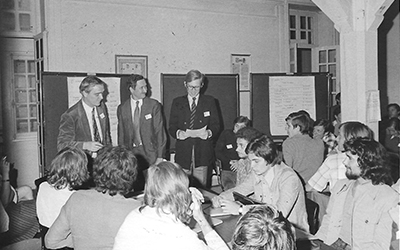 Première rentrée en 1973
Première rentrée en 1973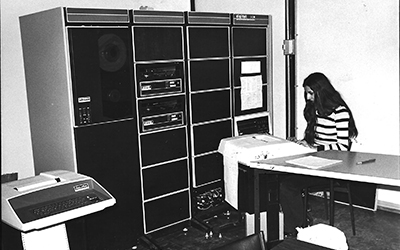 Premier ordinateur PDP
Premier ordinateur PDP
Opening the UTC vision to embrace the world was the second challenge. Technology was to be taught in the establishment, with the proviso of having industrialists not only on the University Board to have their say in strategic policy choices, but also on the Academic Scientific Steering Committee to help define science policy options, or to be present in the UTC departments to help orient training course contents and choices.
Why choose Compiègne ?
The new university was to be located in the Paris area, in a place called Villetaneuse. The government was pursuing a policy of development of land planning and every opportunity to lower the density of the Paris area. But with the student riots in 1968, there was a fear that a new university institution at Villetaneuse would simply reproduce the explosive conditions of Nanterre. The choice fell on Compiegne in 1969. Close to the Paris region, to the nearby Motorways and to (then future) Charles-de-Gaulle airport at Roissy, Compiegne has lots of land for development purposes. It reinforces the level of interactions between engineers and the 'City'. It is a symbiosis that can also be developed between the UTC undergraduates and Compiegne, which at the time was not very developed in terms of service sector activities. The final decision was supported by the then Mayor of Compiegne, Jean Legendre, who immediately saw the opportunities the new university could offer his city.
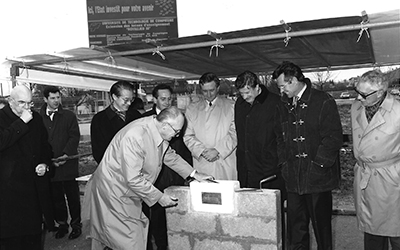 Pose de la première pierre du Centre Benjamin Franklin
Pose de la première pierre du Centre Benjamin Franklin
Network of French universities of technology
Fifteen year later, in February 1985, President François Mitterrand accompanied by Jean-Pierre Chevènement, Senior Minister for Education, came to Compiegne and announced publicly that support in terms of manpower and other resources would be forthcoming. This was the context that led to the idea of creating "a little sister" university of technology, a subject of special interest to Jean-Pierre Chevènement. In May 1985, a series of negotiations took place between the Ecole de Micromécanqiue de Besancon, major industrial concerns in the Franche-Comté region (Alstom, Bull and Peugeot) and UTC. The new branch university was to specialize in surface treatment technologies and to design of industrial products. The new establishment was first located in the premises of château Sevenan, near the local city of Belfort. The first academic intake took place October 15, 1985. March 31, 187, President François Mitterrand laid the ceremonial "first stone" of the building that was to house (and become) the University of Technology Belfort-Montbeliard (UTBM).
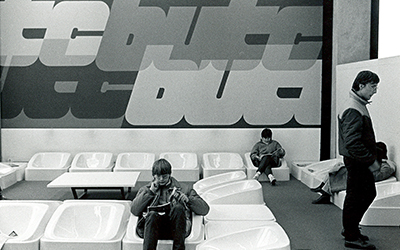 La BUTC
La BUTC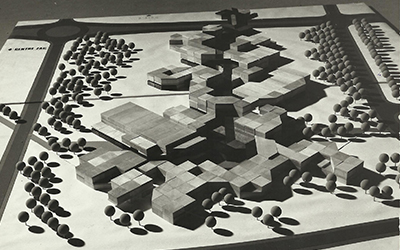 Maquette du Centre de recherche
Maquette du Centre de recherche
UTC confirmed its "difference" in terms of university structural innovation and was the new model to follow in the early 1990s. In 1992, a third branch university was placed on the drawing board, at the initiative of the Aude Department Council: University of Technology of Troyes (UTT). The government decree to confirm the establishment was signed in 1994 and the first graduates received their diplomas in 1996.
